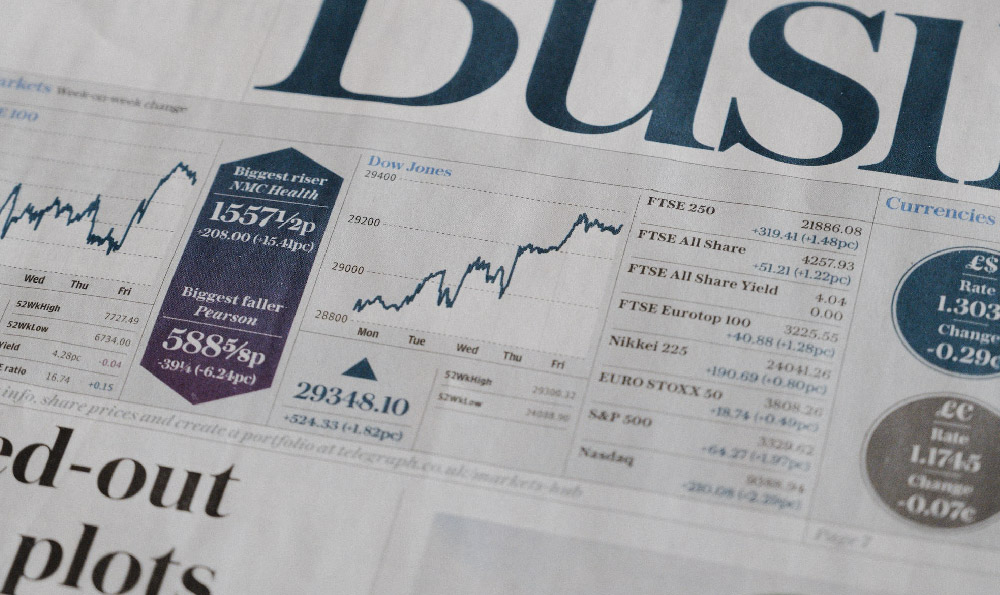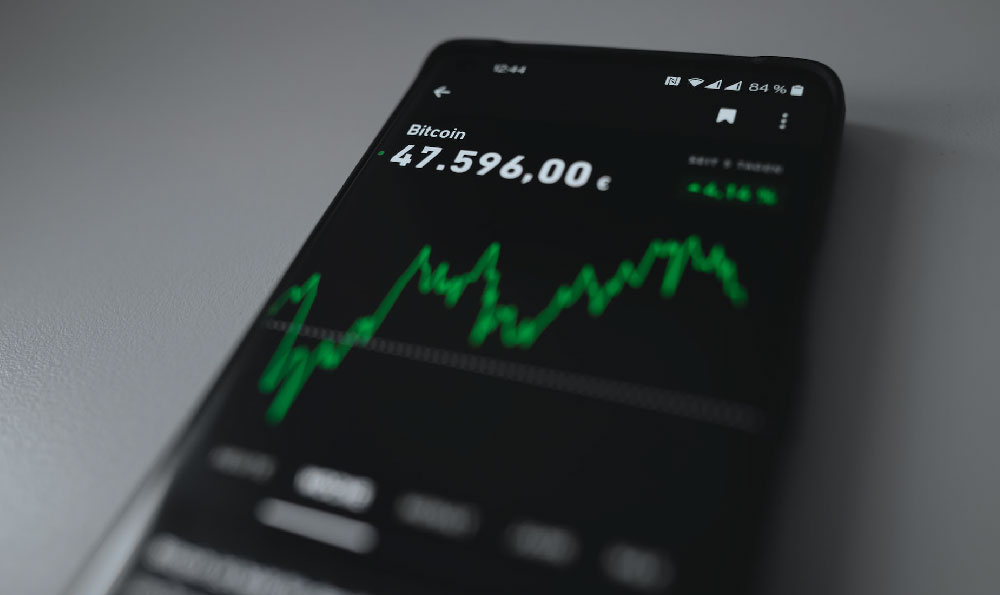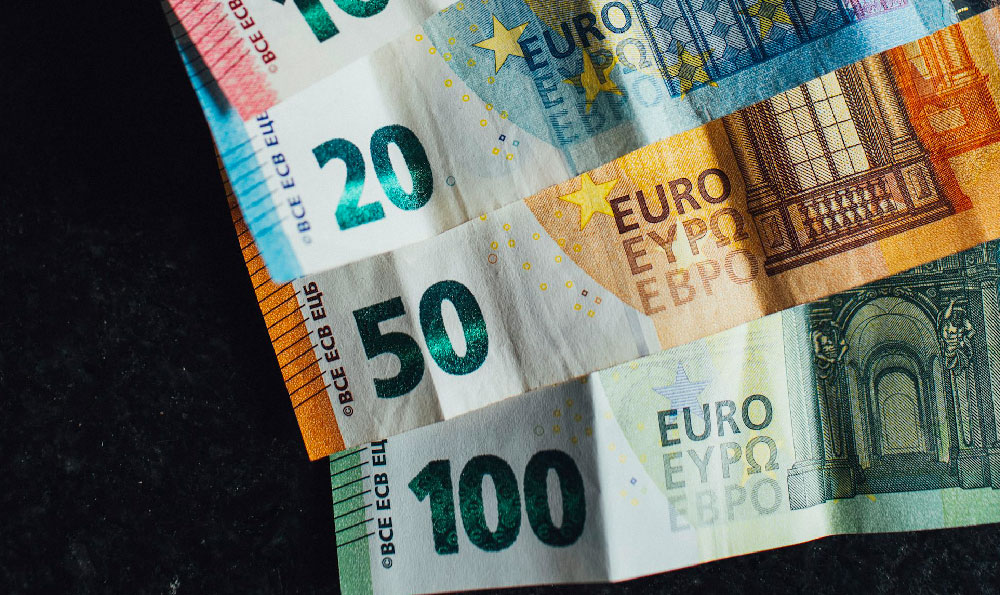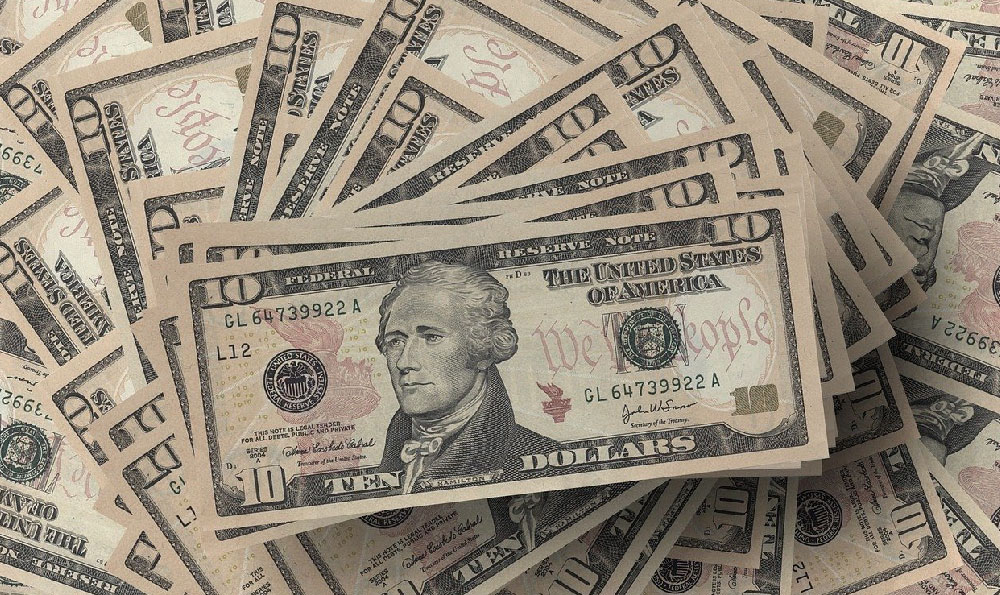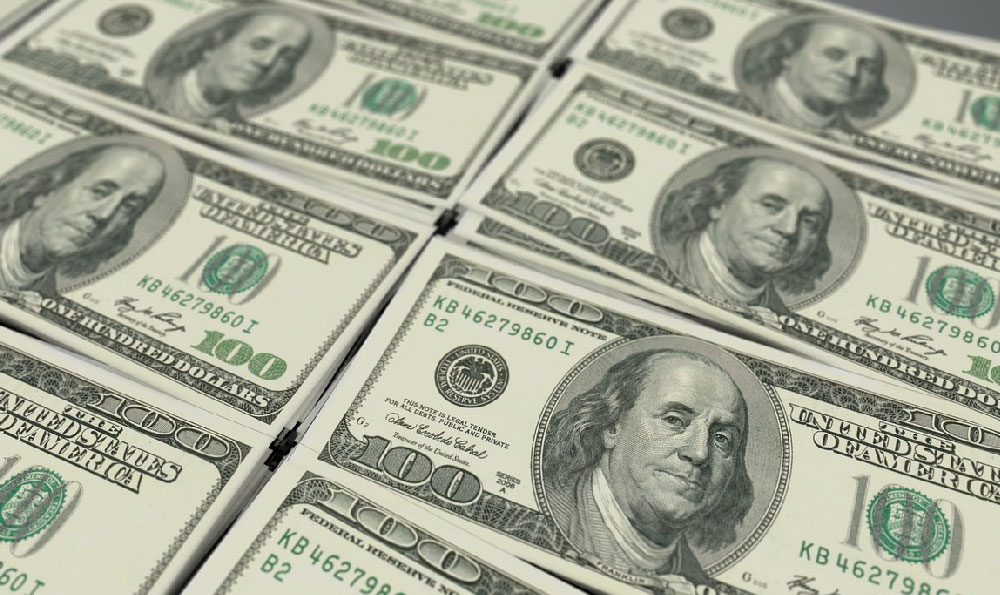Where Can I Get a Money Order, and What Are My Options?

Navigating the world of financial transactions often requires tools beyond the standard check or credit card. For individuals who lack a bank account, prefer anonymity, or need a guaranteed form of payment, a money order serves as a reliable alternative. Understanding where to acquire a money order and the nuances of each option is crucial for making informed financial decisions.
One of the most readily accessible places to purchase a money order is the United States Postal Service (USPS). Post offices across the nation offer money orders with a maximum value of $1,000. This makes the USPS a convenient choice, especially for those residing in areas where other financial institutions are scarce. The process is straightforward: simply visit a local post office, request a money order for the desired amount, and pay the principal plus a nominal fee. The fee structure is transparent and generally competitive. A key advantage of using the USPS is its widespread availability and the perception of security associated with a government entity. The USPS also provides tracking services for money orders, offering an added layer of security and peace of mind. However, it’s important to note that you’ll typically need to pay with cash, debit card, or traveler’s checks; credit cards are generally not accepted for purchasing money orders at the post office.
Beyond the post office, many major retailers also offer money order services. Walmart, for example, is a popular choice. Walmart’s money order service is generally provided through MoneyGram, and the maximum amount allowed is typically $1,000. Similar to the USPS, Walmart offers competitive fees and a convenient experience, especially for those who regularly shop at the store. The ability to purchase a money order while running other errands makes it a practical option for many. Other retailers that may offer money order services include grocery stores like Kroger or Safeway, drugstores such as CVS or Walgreens, and convenience stores like 7-Eleven. However, it’s crucial to verify whether a specific store offers this service and inquire about their specific policies, fees, and limitations. Each retailer may have different partnerships with money transfer companies, leading to variations in service and pricing.
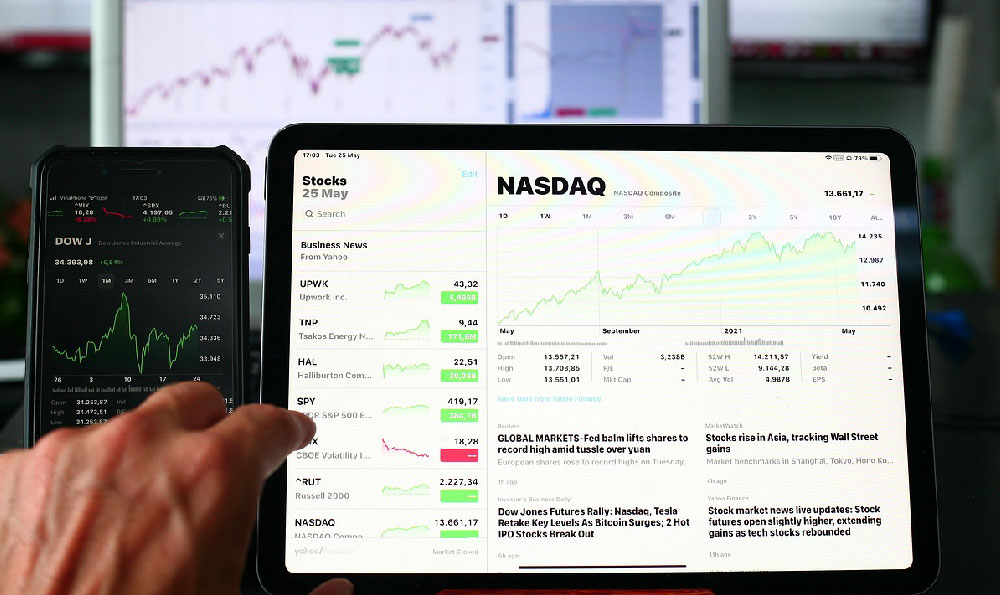
Banks and credit unions represent another avenue for obtaining money orders. While this option might seem straightforward, it's important to note that money orders are typically only available to account holders. If you have an account with a bank or credit union, you can typically purchase a money order at a branch for a small fee, often lower than what you’d find at a post office or retailer. The convenience of banking relationships also extends to the assurance of security and the ability to handle larger transactions if necessary. The main drawback, of course, is the requirement of having an established account, which might not be feasible for everyone.
Money transfer companies like MoneyGram and Western Union also facilitate the purchase of money orders. While they are well-known for their money transfer services, they also offer money orders at various agent locations, which can include retailers, convenience stores, and dedicated offices. MoneyGram and Western Union often provide options for sending money internationally, which can be beneficial if your money order is intended for someone abroad. However, fees can sometimes be higher compared to USPS or certain retailers. It's crucial to compare fees and exchange rates carefully before opting for this method, especially for international transactions. These companies also often offer online services where you can initiate a money transfer or potentially even generate a digital money order (depending on the receiver's location and capabilities), providing added flexibility.
Regardless of where you choose to obtain a money order, several best practices should be followed to ensure a smooth and secure transaction. First and foremost, always fill out the money order completely and legibly immediately after purchase. This includes the recipient's name, your name and address (as the sender), and the purpose of the payment. Leaving any field blank can lead to fraud or misdirection of funds. Second, retain the receipt provided at the time of purchase. This receipt serves as proof of purchase and contains information necessary to track the money order or request a refund if it's lost or stolen. Third, store the money order in a safe place until you are ready to send it. Treat it like cash; a lost or stolen money order can be difficult to recover, especially if it's not properly filled out or if the receipt is lost. Fourth, consider using certified mail when sending the money order, especially for larger amounts or important transactions. Certified mail provides proof of mailing and confirmation of delivery, adding another layer of security. Finally, be aware of common money order scams. Scammers often use counterfeit money orders or ask victims to cash a money order and send a portion of the funds back to them. Always verify the legitimacy of a money order before cashing it, and never send money to someone you don't know or trust.
In conclusion, the availability of money orders extends across various establishments, each with its own set of advantages and considerations. The USPS offers widespread accessibility and competitive fees. Retailers provide convenience alongside other shopping activities. Banks and credit unions cater to account holders with potentially lower fees. Money transfer companies facilitate both domestic and international transactions. By carefully evaluating your specific needs, comparing fees, and adhering to security best practices, you can effectively utilize money orders as a secure and reliable payment method. Remembering to fill out the money order completely, keeping the receipt, and being vigilant against scams are all crucial steps in protecting your financial interests.



